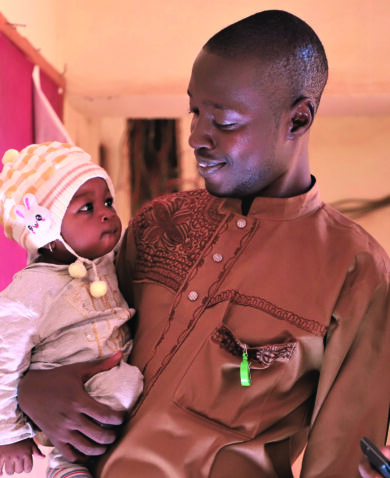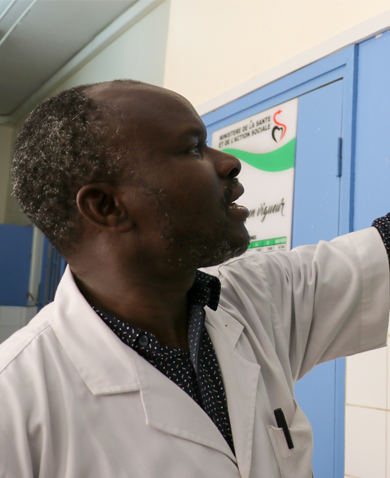
The Ripple Effect of Better Data in the Fight Against AIDS
May 12, 2015 | 3 Minute ReadAs USAID’s Kenya Pharma project comes to a close, Chief of Party Ruth Njoroge reflects on the obvious — and not so obvious — benefits of investing in better supply chain data.
When I first started my career in public health and supply chain management back in the early 90s, HIV/AIDS was practically a death sentence. Antiretroviral therapy (ART) was still in its early stages, and weak supply chains across the developing world meant that existing drugs for HIV and opportunistic infections were beyond reach for millions in poverty. Working as a pharmaceutical technologist in Kenya, I saw the impact of weak supply chains on the job when I had to turn my clients away empty-handed, with no guarantee that they could obtain their drugs elsewhere. I realized something needed to change and have spent the rest of my working life managing ART commodities supply chains.
Today’s challenge is not one of technology but of scale. Medical advances have made it possible for people with HIV/AIDs to suppress their viral loads and live long, healthy lives. Incredible advances have also been made in reaching people with these medicines too. By 2013, a record 13 million people were receiving ART and the world had seen a 25 percent reduction in the number of people dying from HIV-related causes. But we still have a long way to go to reach universal access, especially among key populations like men who have sex with men and sex workers.<
The Ripple Effect of Investing in Data: The Kenya Pharma Case
Investing in better forecasting data can be one of the most effective ways to strengthen a supply chain. Accurate, timely, and transparent data on consumption of medicine is the lifeblood of a supply chain. It allows supply chain managers to forecast demand for drugs and suppliers to prepare to meet it. It can therefore reduce or eliminate deadly shortages and stock-outs, or stock piles and obsolete medicines, as my team and I saw on USAID’s Kenya Pharma project, which achieved zero stock-outs over its five-year lifespan.
 But investing in data can have other benefits as well. As shown below, it helped Pharma to achieve long-term cost savings that caused a ripple effect throughout the supply chain, ultimately giving us the resources to nearly double our reach.
But investing in data can have other benefits as well. As shown below, it helped Pharma to achieve long-term cost savings that caused a ripple effect throughout the supply chain, ultimately giving us the resources to nearly double our reach.
Building Systems, Empowering People
Improving data involves more than building systems. Of course, systems are key. Pharma built an electronic supply chain management system (e-SCM) that improved the accuracy, timeliness, and visibility of information; made ordering easier and faster; and streamlined communication and coordination across the supply chain. But we also invested in the local people who need to use those systems to strengthen the supply chain. These include local health care providers who report consumption data, the supply chain managers who analyze it to forecast demand, and the suppliers who adjust production and invest in production capacity based on the forecasts.
Since the flow of data starts with health care providers, convincing them to report accurate data through the e-SCM was especially critical to Pharma’s success. Rather than trying to force them to report, we sent trained staff to their offices around the country to explain how to use the e-SCM and, importantly, the tangible benefits for them of reporting (i.e., no stock-outs). This was an extra effort, but it paid off by improving data across the board. And because providers understand why they are reporting and own the data they generate, they are more likely to continue doing so in the future.
Replicating Success
From getting ISO 9001 certification, to building strong relationships with suppliers that allowed us to negotiate below-market prices, to creating a reliable supply chain model that is transferable to local organizations, there were many success factors in USAID’s Kenya Pharma project. Improved forecasting data had a ripple effect throughout the project. The key to replicating this ripple effect, in my opinion, is to build a strong system but remember to invest in the people who must use it. At the end of the day, the best system in the world is only as good as the people using it.
The sooner we improve forecasting data across pharmaceutical supply chains serving the developing world, the sooner we can win the fight against AIDS by ensuring that people living with HIV have access to the right medicine, at the right time.







































